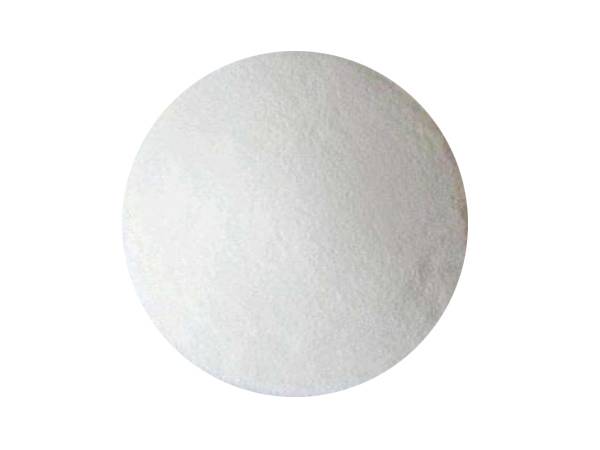



biocide chlorine dioxide
Chlorine Dioxide as a Biocide An Overview
Chlorine dioxide (ClO2) is a potent biocide that has garnered significant attention in various fields due to its effectiveness in controlling microbial growth. As a chemical compound, chlorine dioxide is an oxygen-based, chlorinated compound known for its strong oxidizing properties, making it an efficient agent for disinfection and sanitation.
Chlorine Dioxide as a Biocide An Overview
In the realm of food safety, chlorine dioxide shows promise as a biocide for surface sanitation in food processing environments. It can effectively reduce microbial load on surfaces and equipment, thereby preventing foodborne illnesses and ensuring the safety of consumables. Its use in the agriculture sector, particularly in the post-harvest treatment of fruits and vegetables, further underscores its versatile nature. By reducing spoilage and extending shelf life, chlorine dioxide contributes to food preservation, benefitting both producers and consumers.
biocide chlorine dioxide

Chlorine dioxide's biocidal properties are not limited to water treatment and food safety; it has also found applications in healthcare settings. In hospitals and clinics, it is utilized as a disinfectant for surfaces and medical equipment to control the spread of infections. The ongoing threat of antibiotic-resistant pathogens has intensified the search for effective disinfectants, and chlorine dioxide has demonstrated significant efficacy in this regard.
Despite its advantages, the use of chlorine dioxide is not without challenges. Safety concerns associated with its handling and storage must be addressed rigorously. Chlorine dioxide is a gas at room temperature and can pose inhalation risks; hence, proper ventilation, training, and protective measures are essential when using it in various settings. Regulatory agencies closely monitor its usage, ensuring that applications remain safe and effective.
Moreover, the effectiveness of chlorine dioxide as a biocide may be influenced by factors such as pH, temperature, and concentration. For optimal results, these variables need to be carefully controlled and monitored, particularly in large-scale applications like municipal water treatment facilities.
In conclusion, chlorine dioxide stands out as a versatile and effective biocide with wide-ranging applications in water treatment, food safety, and healthcare. Its ability to combat various pathogens while minimizing harmful byproducts makes it an attractive alternative to traditional disinfectants. However, the importance of safety regulations and proper handling cannot be overstated. As industries continue to adopt and explore the benefits of chlorine dioxide, it holds promise for enhancing public health and safety while contributing to sustainable practices. Continued research and innovation will further illuminate its potential, paving the way for broader acceptance and application of this powerful biocidal agent.
-
Why Sodium Persulfate Is Everywhere NowNewsJul.07,2025
-
Why Polyacrylamide Is in High DemandNewsJul.07,2025
-
Understanding Paint Chemicals and Their ApplicationsNewsJul.07,2025
-
Smart Use Of Mining ChemicalsNewsJul.07,2025
-
Practical Uses of Potassium MonopersulfateNewsJul.07,2025
-
Agrochemicals In Real FarmingNewsJul.07,2025
-
Sodium Chlorite Hot UsesNewsJul.01,2025










